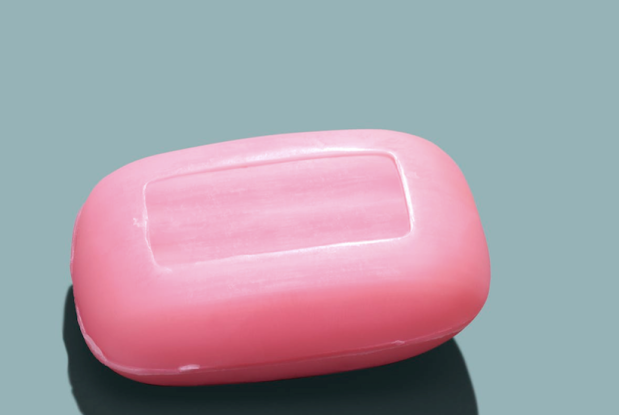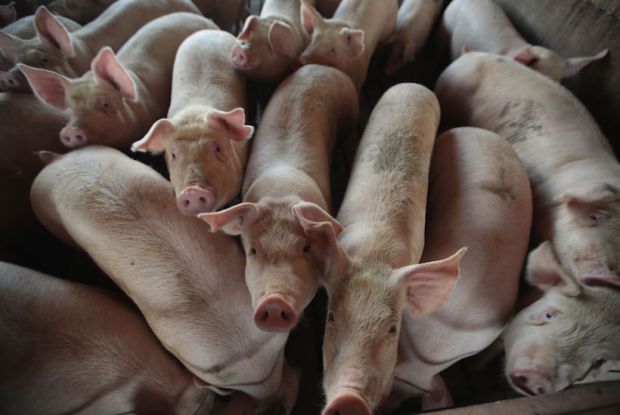Forget its headline backflips in the face of Twitter onslaughts. Never mind Brett Kavanaugh. If you needed any more proof that the erstwhile august publication, The New York Times, is currently on a descent into a maelstrom of the toilet variety, then look no further than last week’s story about women’s toilet habits in the workplace.
While the paper itself had already pooed in its pants with its hit piece about Supreme Court Justice Brett Kavanaugh, it took not one, but two journalists (Jessica Bennett – the paper’s first-ever gender editor and author of Feminist Fight Club — and Amanda McCall — author, TV producer and creator of ‘feminist Ben & Jerry’s flavours’) to later push out around 1500 words about women’s ‘poop shame’: Women poop. Sometimes at work. Get over it.
Yes, seriously. And this from the newspaper whose motto is ‘All the news that’s fit to print’.
And, wouldn’t you know it, poop shame is all the fault of the patriarchy, or pootriarchy, as these feminist faecal funsters named it. But of course.
You’ll get the general tone of the article from nuggets such as:
Poop shame is real — and it disproportionately affects women, who suffer from higher rates of irritable bowel syndrome and inflammatory bowel disease. In other words, the patriarchy has seeped into women’s intestinal tracts.
And
Girls aren’t born with poo shame — it’s something they’re taught.
The article is flush with examples such as women using the restrooms on another floor, or, worse still, in a hotel across the road, or a woman who developed a ‘semiserious hemorrhoid problem’ from ‘pooping at the speed of pee’. And it’s all because of their ‘parcopresis’, or bowel movement anxiety, for all of you who just go when you gotta’ go, rather than agonise about it.
Rather than take their cue from the survey they sent to 100 people — only three replied, suggesting that people weren’t too interested in their scatological scrutiny — the writers plumbed their subject with reference to publications such as the children’s book ‘Everyone Poops’, ‘Psychology in the Bathroom’ by University of Melbourne psychology professor Nicholas Haslam, “Poop Happened!: A History of the World from the Bottom Up’ by Sarah Albee and a study entitled ‘Fecal Matters’.
And, where does the patriarchy come in, I hear you ask. The writers make you privy to Haslam’s work, as follows:
One unpublished study he mentions in his book found that a woman who excused herself to go to the bathroom was evaluated more negatively than one who excused herself to tend to “paperwork” — while there was no difference in the way participants viewed the men.
And, according to Bennett and McCall:
Historians have long noted that public facilities were created for — and built by — men, and bathrooms are no exception. Most architects are men, most plumbers are men, and early public facilities were tailored to white men — and then later, white women — who were engaging in public life enough to use them.
So, unsurprisingly, in this dung diatribe ‘whiteness’ also rears its ugly head, and I’m not talking about the porcelain.
They also refer to the scene in the movie “Hidden Figures” where a character is forced to go to another building to use the bathroom for coloured women. They’re not at all fazed by having to acknowledge that this particular scene is entirely fictitious, like much else in the film, concluding that ‘women of color have had to endure much worse’.
Perhaps the most disturbing element of the article was the inclusive, diverse illustration that accompanied it. It shows four red-doored cubicles. Under the first door you can see two pairs of court shoe-clad feet. Under the second two trousered legs with men’s shoes appear. The third is empty, and under the fourth someone has kicked off their high heels and is boldly barefoot , in a public toilet no less. It’s all very 2019.
One can only imagine at what might be going on in the probably gender-expansive toilet cubicles at the New York Times. Then again, I’m sure it’s best not to.
The only question I’m left with is just where on the Bristol Stool Scale the article, and the broader credibility of the New York Times, squats. It’s full of the constipated nutty nuggets of Type 1, along with the inflammatory mushy consistency of Type 6 and more than a little of the diarrhoea of Type 7. But no matter, it’s all crap.
Got something to add? Join the discussion and comment below.

























